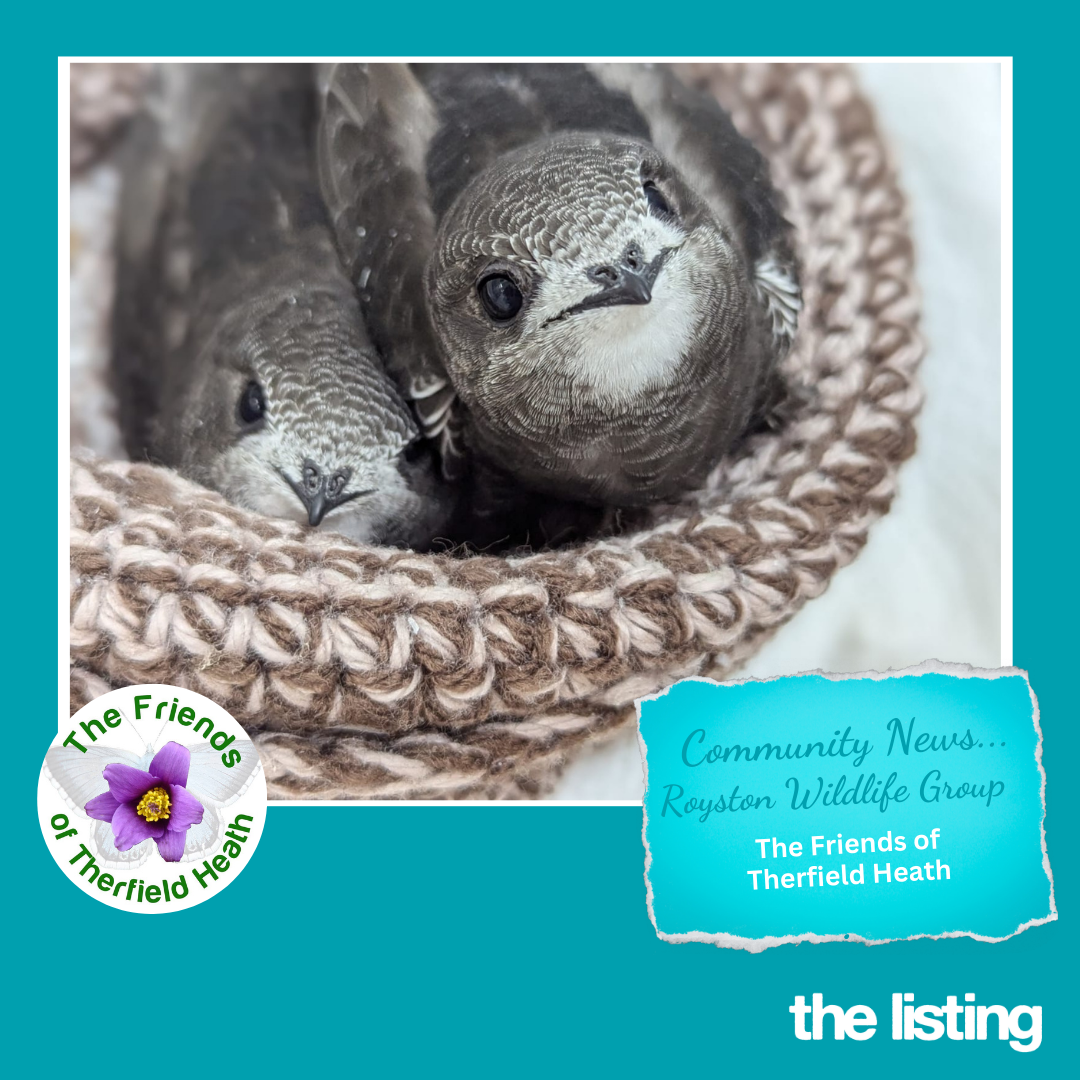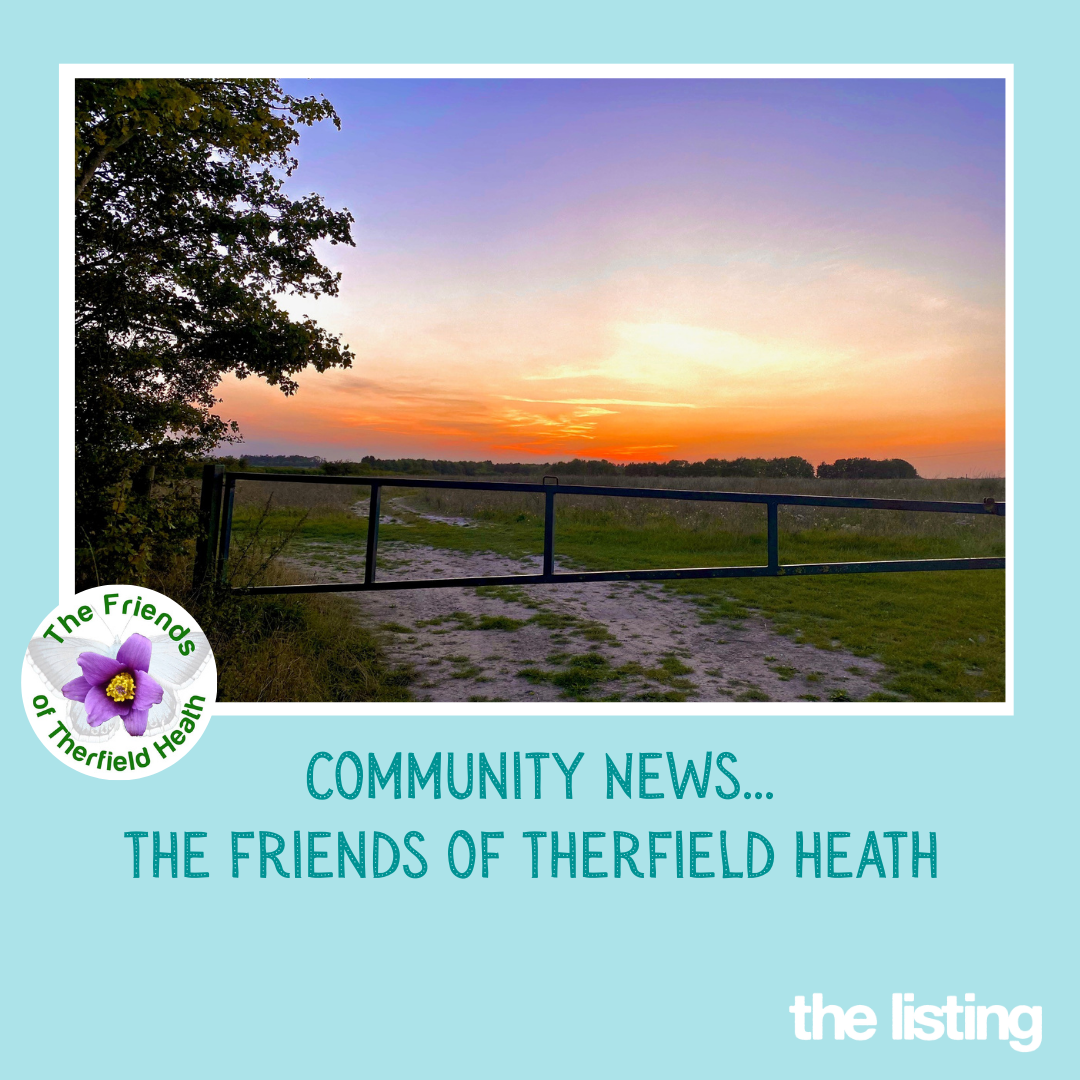Outdoors is the place to… green shoots, new life is emerging…
In this new series of articles, I look to challenge you about how you look at your garden in these changing times and reflect on how important our outside time is to nourish ourselves and our loved ones. As the vaccine is being rolled out, we have every reason to keep positive and hopeful that change is on the horizon, but keeping physically and mentally fit should remain high in our priorities.
I am a strong believer that nature has a key role to play in effecting our sense of wellbeing and connection to the land. We are all having to learn how to do more with less at this moment and I think the gifts that nature can offer when you tune in are source of great treasure. The pleasure is gained from the small things such as spotting the small red female flowers on a hazel, or a gang of long tailed tits moving through the trees, but tuning in is the key. Being observant is a theme I teach people that I work with. It helps them tune into nature, focus on becoming better gardeners and grounded in the moment. Good gardening and designing with plants are how plants are used in combination and the associations that they have to each other often stems back to how they grow naturally in nature. The flora and fauna in your local environment are always the starting point for a garden as they tell you so much.
Blossom is emerging at this time of year, but I challenge you to look closer, use your observational skills in the pursuit of becoming better gardeners. What blossom are you looking at? The seasons have a timing of their own but there are patterns and orders of events. It is often assumed that Hawthorn – Crataegus monogyna is the first to blossom in a hedgerow. It is true that it is a spring blossoming tree but the Black thorn – Prunus spinosa is always the first to break cover with its fierce thorns on blackish stems it is unmistakable in the hedgerow. It perhaps should not come as a surprise that it is thorny by its common name, but it is in the plant family Rosaceae which contains many thorny plants including the later flowering Hawthorn also known as ‘Maytree’ which gives you the order of events. Its creamy white, abundant flowers appear on bare stems before the leaves and of course the sloes that it produces in autumn are important in sloe gin. It is great in a wildlife garden where its impenetrable growth is a good source of safe nesting for birds that like to be a few metres from the ground. When I see the first blooms of this tree it signals to me that the winter must be drawing to a close. On a more ornamental note, I am very fond of the humble Forsythia with its spectacular show of bell-shaped yellow flowers. Forsythia x intermedia ‘Lynwood’ is a classic example that I like to use in my planting schemes. Like the blackthorn it is another marker in the calendar that the seasons are shifting and that warmer, longer days are ahead. Forsythia is great in a mixed shrub border or even as an informal boundary hedge mixed in with some evergreen shrubs. The significance of the golden flowers, warmth and sunshine lead nicely to link them to other spring plants such as daffodils to build the spring theme.
Leaves beginning to open is another fantastic detail to look for in the pursuit of plant appreciation. There are two things that plants are looking for to encourage them to open their leaves, warmer temperatures and more daylight. This is variable each season depending on the weather. Deciduous trees actually form their buds at the end of the summer and are very noticeable on the stems after leaf drop in autumn. When I began my career in Horticulture, we learnt how to identify trees from their buds in the winter. That is a classic example of using your observational skills to decipher the differences between small details such as the cigar like buds of Beech – Fagus sylvatica and the terminal stubby clusters of three or more Oak – Quercus robur buds. It is also a good indicator of health of your trees. Phenology is the study of the seasons which is obviously a broad subject but within that the study of which plants open their leaves first is of interest. I grew up being taught that the first to appear were the Willows, Lilacs and Birches but this will depend on location, temperature and daylight. Take a little time this spring to notice which leaves begin to open first in your garden and watch as they reveal themselves to you. Look for the little details such as changes in colour, shape, serrations, hairiness and texture. This will bring you closer to the plants in your garden.
Being present in the moment and allowing time to soak up an experience is nourishing and life affirming. The journey of creating a good garden should be enjoyable and the obsession should not be the final destination!













